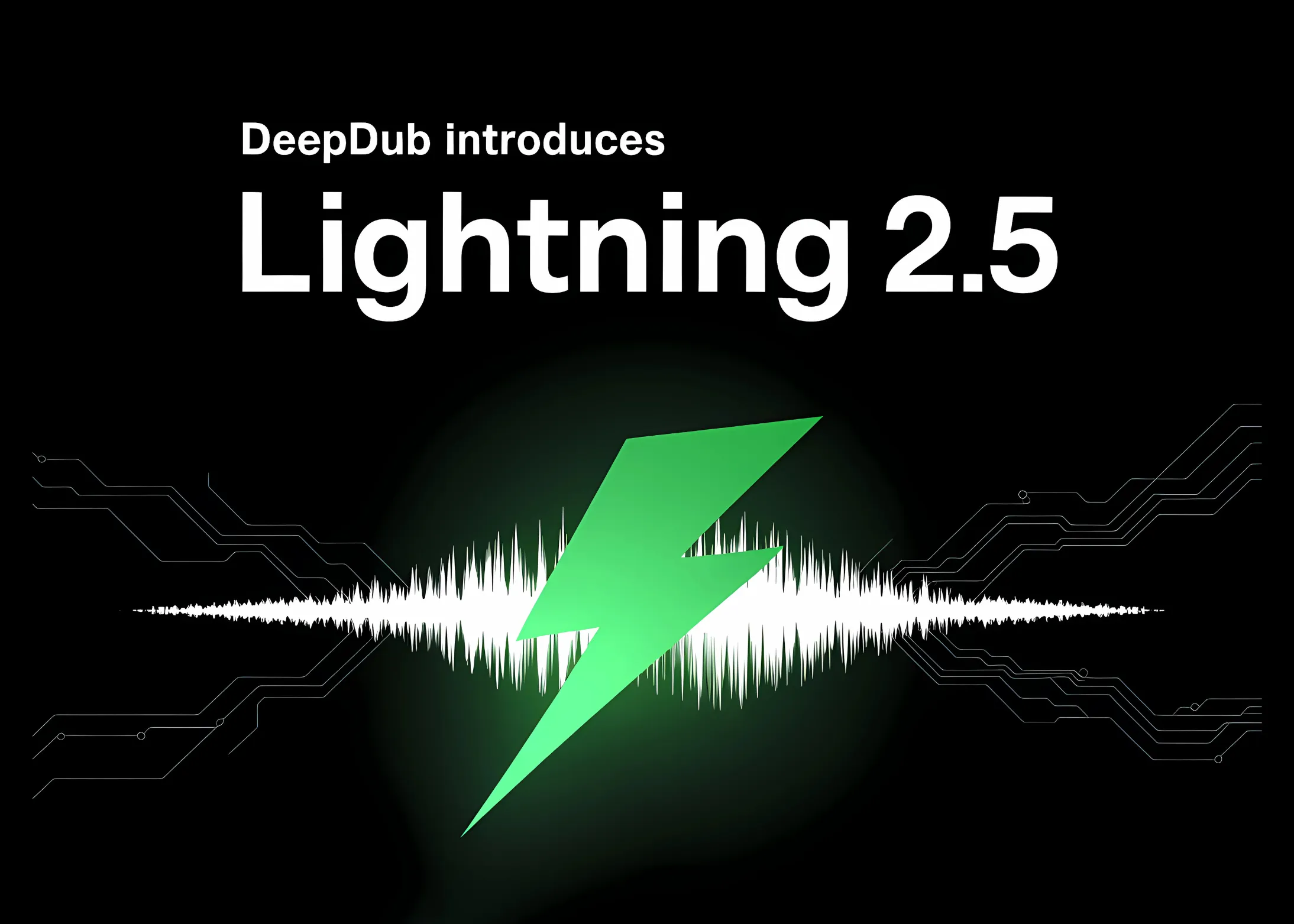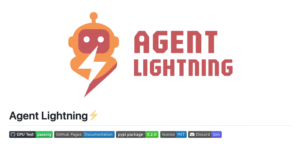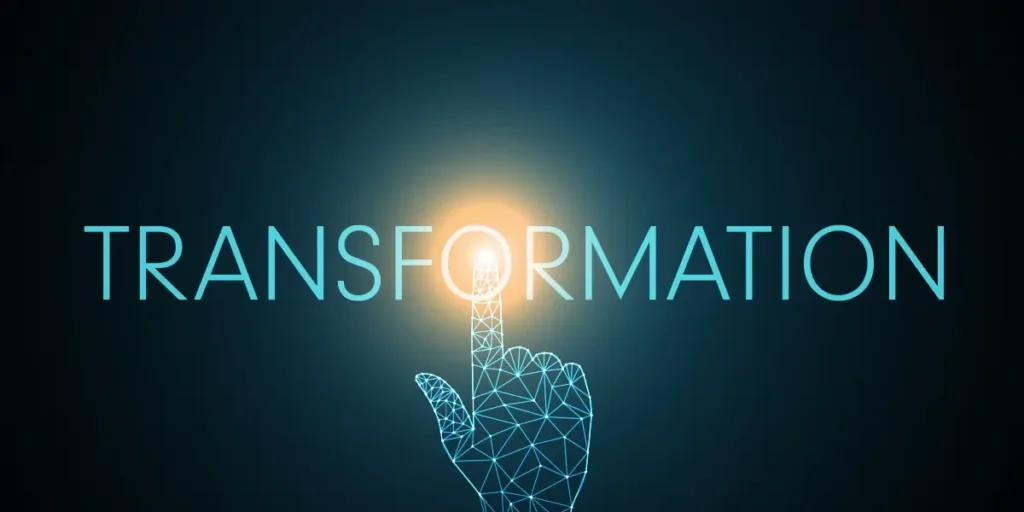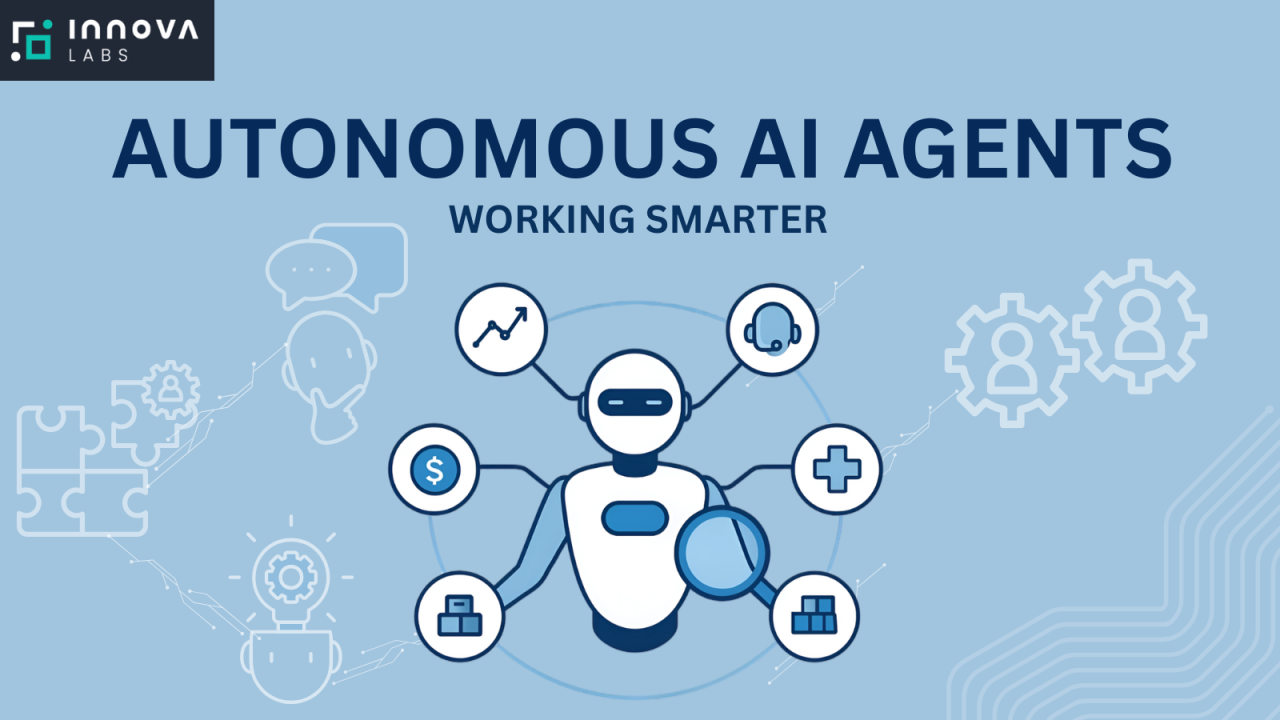Microsoft Releases Agent Lightning — the trainer that lights up AI agents
Published: October 29, 2025 (release materials and paper published in August 2025)
Keyword: Microsoft Releases Agent Lightning — a fast, flexible trainer for agent optimization
Microsoft has quietly (and deliberately) pushed a new open-source framework into the agent ecosystem: Agent Lightning — a toolkit designed to let any AI agent learn from experience using reinforcement learning (RL) without forcing developers to rewrite their agent logic. Built and released by researchers at Microsoft, Agent Lightning aims to become the missing “training loop” for agent frameworks such as LangChain, AutoGen, the OpenAI Agents SDK, CrewAI, and even custom, hand-rolled agents. The project includes a Python SDK, training server, documentation, and an active GitHub repo and docs site. Microsoft+2GitHub+2
Below I unpack what Agent Lightning is, why it matters, how it works, real and plausible use cases, and what to watch for (limitations and safety). I’ll also point you to the code, paper, and quickstart resources so you — or your engineering team — can take it for a spin.
TL;DR (quick take)
-
What: Agent Lightning — an open-source framework from Microsoft Research that enables RL-based training for any AI agent by decoupling agent execution from the training loop. Microsoft+1
-
Why it matters: It brings automated learning to agent stacks that previously had no practical way to learn from their task traces, enabling continuous improvement of agent policies, prompts, or model weights without changing agent logic. Analytics Vidhya
-
Where to find it: Microsoft Research project page, GitHub repo, documentation site, and a paper on arXiv. (Project page and docs were posted in August 2025; wider press coverage and tutorials appeared in late October 2025.) Microsoft+2GitHub+2
What is Agent Lightning?
Agent Lightning is a framework that treats an agent’s execution as a Markov Decision Process (MDP) so that agent runs — the traces of their states, actions, tool calls, and results — can be translated into training transitions for reinforcement learning. Rather than tightly coupling training code into the agent itself, Agent Lightning intercepts or observes agent traces and converts them into data suitable for RL algorithms (including a hierarchical RL algorithm the team calls LightningRL). The result: you can optimize agents (improve their prompts, select models, or fine-tune policy weights) while leaving the agent’s core orchestration and business logic unchanged. arXiv+1
Microsoft’s materials describe Agent Lightning as “the absolute trainer to light up AI agents” — a succinct way to express that it’s intended to be a general training layer that plugs into many agent runtimes. The project is available as a Python SDK plus server components and an extensible interface so teams can add custom reward functions, credit-assignment strategies, and execution adapters for various agent frameworks. Microsoft+1
Key features (what makes it notable)
-
Framework-agnostic integration
Agent Lightning is designed to wrap around existing agent frameworks (LangChain, OpenAI Agents SDK, AutoGen, CrewAI, etc.) or even plain Python agents with minimal code changes. That “zero-to-low code” integration is one of the project’s main selling points. GitHub -
Training-Agent Disaggregation architecture
The system separates execution (the agent running in production or evaluation) from training (the learning loop), enabling safe, offline, and asynchronous training using collected traces without interfering with live agent behavior. This disaggregation also improves observability and reproducibility. arXiv -
LightningRL — hierarchical RL and credit assignment
A simple RL setup often fails when an agent’s behavior spans long, compositional workflows (tool calls, subagents, iterative reasoning). Agent Lightning introduces LightningRL, which provides mechanisms for credit assignment across hierarchical or multi-stage trajectories — critical for learning in complex agent tasks. arXiv -
Pluggable reward and evaluation pipelines
You define how success is measured (reward functions), and Agent Lightning turns agent traces into training data accordingly. That makes it possible to train agents toward business-relevant KPIs rather than abstract language objectives. Analytics Vidhya -
Open source and evolving releases
The project is available on Microsoft’s GitHub and docs site, and the team has published releases and detailed docs for contributors and adopters. The repository shows active development and iterative releases (v0.2.0 and documentation updates). GitHub+1
Agent Lightning works — high level technical flow
-
Instrument or wrap an agent
You run your agent as usual. Agent Lightning collects structured traces of the agent’s runtime: states (observations, context), actions (LLM outputs, tool calls), and outcomes (environment feedback, tool outputs). This instrumentation can be adapter-based (for specific frameworks) or wrapper-based for ad hoc agents. GitHub+1 -
Convert traces to RL transitions
The framework converts traces into MDP transitions (state, action, reward, next state) using configurable rules and the LightningRL credit assignment module. This is the crucial step that allows arbitrary, possibly hierarchical agent behavior to be expressed in RL-friendly form. arXiv -
Select training algorithm
Agent Lightning supports multiple optimization strategies: supervised fine-tuning, prompt tuning, model selection, and RL algorithms. LightningRL is tuned toward hierarchical, multi-step credit assignment. Teams can plug in different optimizers depending on their target (prompts vs model weights). GitHub+1 -
Update the agent (offline or staged)
After training, the framework can generate updated prompts or model weights that are validated and then deployed back into the agent runtime. Because the training is disaggregated, teams can stage and A/B test improvements before pushing them to production. Microsoft+1 -
Observability and evaluation
Agent Lightning integrates observability so teams can inspect the trajectories, reward signals, and model behavior that led to updates — a must for debugging RL on complex agent workflows. microsoft.github.io
Realistic use cases
-
Customer support agents that learn from outcomes: convert chat transcripts and resolution success metrics into rewards so support agents refine follow-ups and tool use over time. (E.g., raise resolution rate, lower handoffs to humans.) Analytics Vidhya
-
Code assistants that improve over time: collect code edit success/failure signals to train assistant policies that are more likely to produce correct patches or tests. Barron’s
-
Multi-step retrieval & reasoning workflows: optimize agents that compose retrieval, reasoning, and tool use (text->SQL, multi-tool data analysis) by assigning credit across stages so the model learns which intermediate steps matter. arXiv
-
Enterprise automation agents: train agents that orchestrate ticket triaging, runbooks, or internal workflows to improve throughput and reduce costly human intervention. Microsoft
Benefits for developers and businesses
-
Continuous improvement: Agents become trainable systems that can adapt to real user data rather than static pipelines. Analytics Vidhya
-
No rewrite needed: Teams can keep existing agent code and frameworks while adding a training layer. This reduces adoption friction. GitHub
-
Custom reward alignment: Businesses can tie training to concrete operational metrics (e.g., task success, revenue lift, decreased latency), not just language likelihood. Analytics Vidhya
-
Research→Production bridge: Agent Lightning formalizes many of the research ideas around agent training into a pragmatic toolkit, making it easier to move RL methods from papers into deployed agents. arXiv
Limitations, risks, and what to watch
Agent Lightning is powerful, but there are important caveats:
-
Reward design is hard
RL is only as good as the reward signal. Poorly specified rewards lead to undesired behavior or reward-gaming. Teams must invest in robust evaluation metrics and guardrails. (This is a general RL principle — tools don’t eliminate the design burden.) arXiv -
Compute and cost considerations
Training agents (especially via RL or fine-tuning) can be resource-intensive. Organizations will need to weigh the cost of continual training versus the business value of improved agent behavior. Analytics Vidhya -
Safety and specification gaming
Any system that optimizes for a metric risks exploiting loopholes in that metric. Rigorous validation, red-team testing, and human-in-the-loop checks remain essential. arXiv -
Complexity of multi-agent scenarios
While LightningRL aims to handle multi-agent and hierarchical cases, these are inherently more complex to debug and stabilize than single-agent tasks. Expect an initial period where teams refine instrumentation and credit assignment strategies. arXiv -
Model quality vs. prompt engineering tradeoffs
In some cases prompt tuning will be sufficient and far cheaper than model fine-tuning. Agent Lightning’s flexibility lets you choose, but it also forces decisions: which levers to pull for which tasks. GitHub
How to get started (resources)
-
Microsoft Research project page & downloads: an overview, downloads, and links to further docs. (Project page lists August 2025 as a key publication timeframe.) Microsoft+1
-
GitHub repository: the main code, examples, and release notes (active repo with releases and community contributions). GitHub+1
-
Documentation site / ReadTheDocs: step-by-step guides and API docs (hosted docs with examples bridging LangChain and other frameworks). microsoft.github.io
-
ArXiv paper: technical details, LightningRL algorithm, experiments (text→SQL, RAG, math tool use) showing proof-of-concept improvements. The preprint appeared in August 2025. arXiv
If you’re experimenting: start by instrumenting a simple LangChain or OpenAI agent, define a clear and narrow reward (task success / exact match / human rating), and run offline training before attempting live updates. The community articles and tutorials published in late October 2025 provide helpful walkthroughs and sample configs. Analytics Vidhya+1
Industry context — why Microsoft pushed this now
Agent Lightning arrives at a time when “agentic” systems — LLM-based programs that can plan, call tools, and act — are proliferating across developer platforms and enterprise products. Microsoft has been building agent features into Copilot, GitHub, and Azure, and the company’s public rhetoric around an “agentic web” and open agent tooling makes a training layer a logical next step: agents are useful, but to be reliable at scale they must learn from their interactions. Agent Lightning provides a standardized route for teams to do that learning without ripping apart their existing agent stacks. Business Insider+1
Third-party coverage (tutorials, blog explains, and early adopters) surfaced in late October 2025, offering step-by-step guides and case studies for early users — a sign that the project has practical examples and an engaged community. MarkTechPost+1
Bottom line and outlook
Agent Lightning is a pragmatic, well-documented attempt to bring reinforcement learning and automated training pipelines to the heterogeneous world of agent development. Its strengths are in decoupling training from execution, adapting to different agent frameworks, and providing hierarchical credit-assignment strategies for complex workflows. For organizations that already depend on multi-step agents, it promises a way to convert operational traces into actionable improvements.
However, the expected pains of RL — reward engineering, compute cost, and safety/testing rigor — remain. Early adopters will need to treat Agent Lightning not as a “set and forget” magic bullet but as an enabling platform that still requires careful metrics, staging, and human oversight.
If you’re building or running agentic systems, Agent Lightning is worth a close look: it offers a practical path to make agents learn from real usage, not just theory — and that can be transformative for agent reliability and business value. For implementation, check Microsoft’s project page, read the arXiv paper for the technical underpinnings, and try the GitHub examples to instrument a toy agent. Microsoft+2arXiv+2
Sources & further reading (top picks)
-
Microsoft Research — Agent Lightning project page and downloads. Microsoft+1
-
Microsoft GitHub —
microsoft/agent-lightningrepository and releases. GitHub+1 -
ArXiv preprint — Agent Lightning: Train ANY AI Agents with Reinforcement Learning (Aug 2025). arXiv
-
Industry explainers & tutorials (MarkTechPost, Analytics Vidhya, Medium) for hands-on guides and commentary. MarkTechPost+2Analytics Vidhya+2
For quick updates, follow our whatsapp –https://whatsapp.com/channel/0029VbAabEC11ulGy0ZwRi3j
https://bitsofall.com/build-interactive-real-time-visualization-dashboard-bokeh-javascript/
https://bitsofall.com/build-computer-use-agent-local-ai-models/
Liquid AI’s LFM2-VL-3B Brings a 3B-Parameter Vision-Language Model (VLM) to Edge-Class Devices
MiniMax Releases MiniMax M2 — a fast, cheap, agent-ready open model







